This content is restricted to subscribers
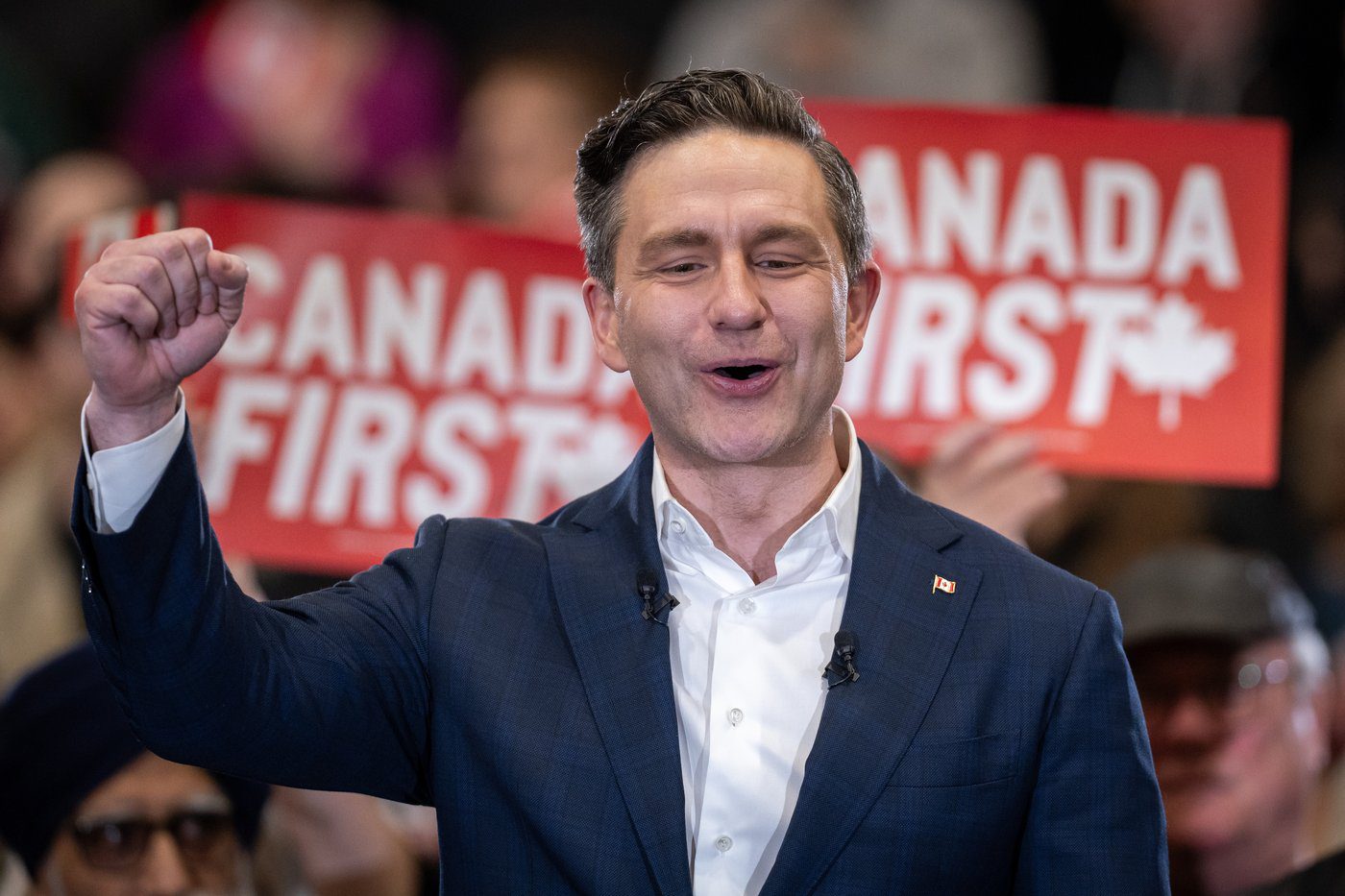
The views, opinions and positions expressed by columnists and contributors are the author’s alone. They do not inherently or expressly reflect the views, opinions and/or positions of our publication.

This content is restricted to subscribers
The views, opinions and positions expressed by columnists and contributors are the author’s alone. They do not inherently or expressly reflect the views, opinions and/or positions of our publication.
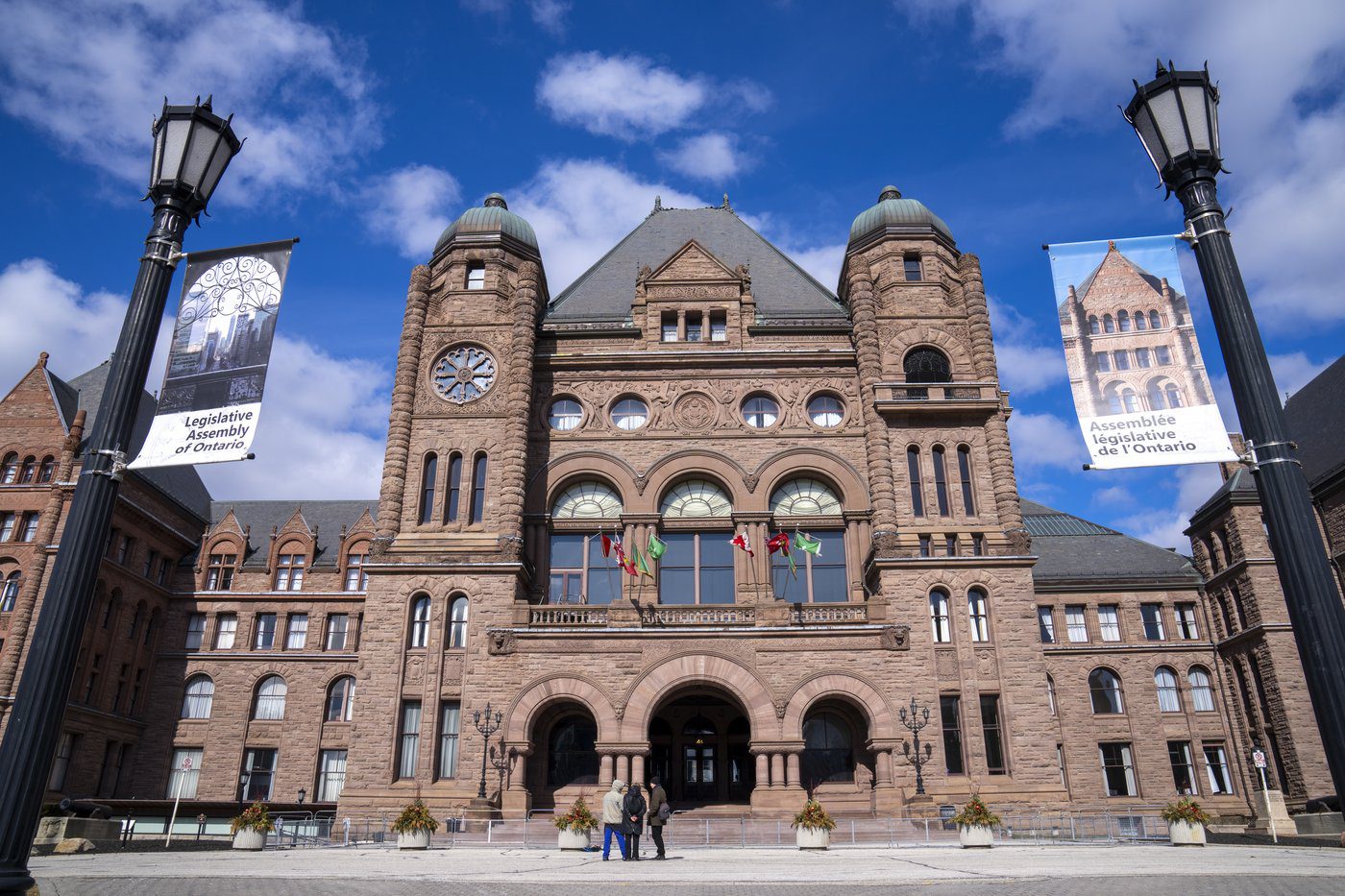
This content is restricted to subscribers
The views, opinions and positions expressed by columnists and contributors are the author’s alone. They do not inherently or expressly reflect the views, opinions and/or positions of our publication.
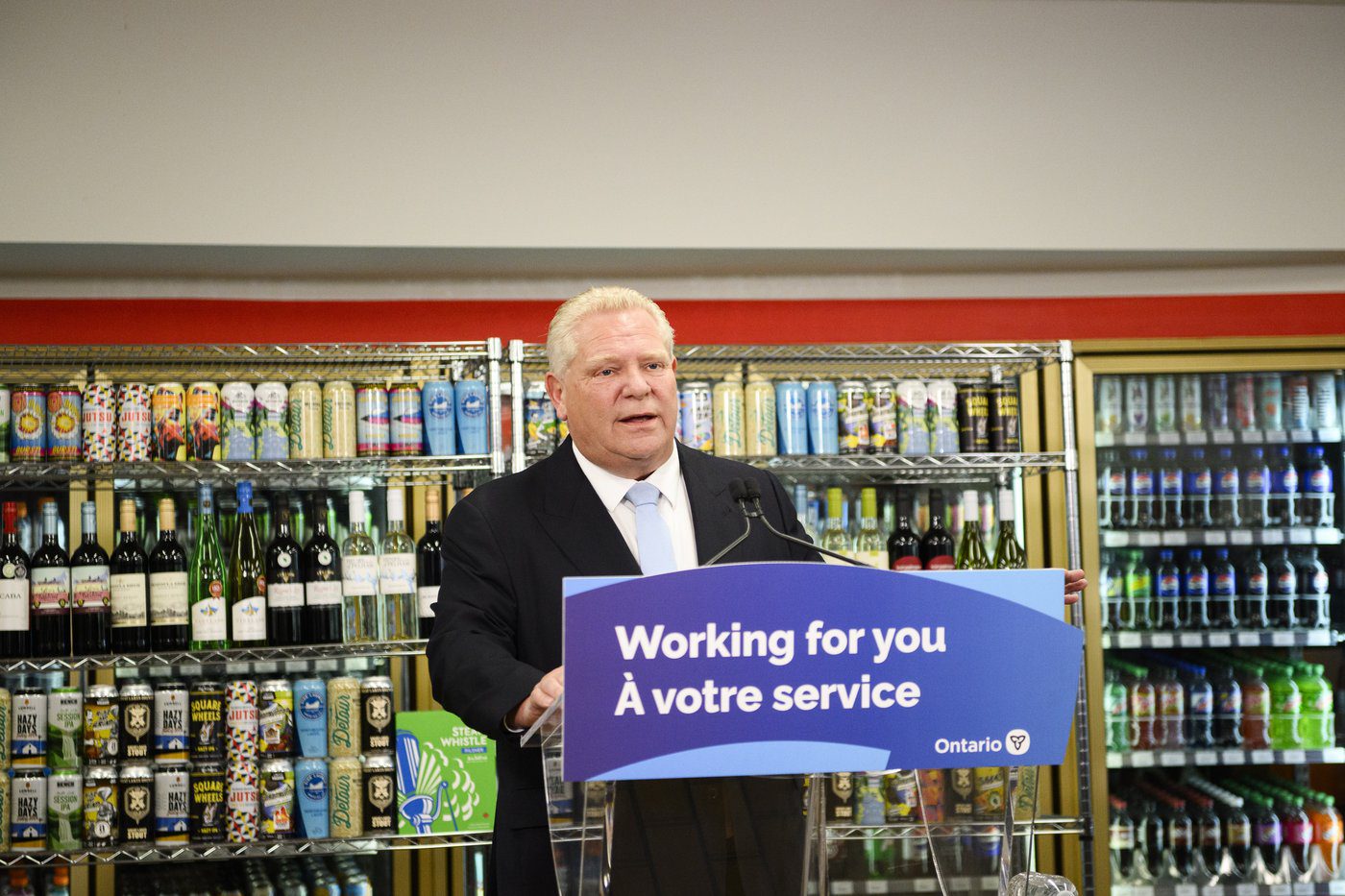
This content is restricted to subscribers
The views, opinions and positions expressed by columnists and contributors are the author’s alone. They do not inherently or expressly reflect the views, opinions and/or positions of our publication.

Thanks to Blaine Higgs’ strong management, New Brunswick’s debt is at historically low levels and the province is now positioned to cut taxes in a historic way.
As Higgs seeks another mandate this year, now is the time for him to maintain his signature fiscal prudence and couple it with a tax relief agenda that would put New Brunswick on the map as one of the lowest-taxed destinations in Canada.
Just five short years ago, New Brunswick’s debt was spiralling out of control and the idea of tax relief seemed like a distant dream.
The year before Higgs was elected, former premier Brian Gallant increased New Brunswick’s net debt by more than $1 billion as his government ran the province’s tenth straight deficit. Money spent on interest charges alone exceeded New Brunswick’s post-secondary education budget.
Today, New Brunswick leads the nation when it comes to sound financial management. Between 2018 and 2023, Higgs led the only government in Canada that posted a surplus every year, including throughout the pandemic.
As Higgs enters his sixth year in charge of the Legislative Assembly, New Brunswick is poised to run its sixth consecutive surplus. Higgs also managed to lower New Brunswick’s debt by more than $2 billion.
New Brunswick’s debt-to-GDP ratio has declined from more than 40 per cent (when Higgs took office) to roughly 25 per cent today, one of the lowest levels in Canada.
And consider this: as most provinces and the feds have seen their debt interest payments soar due to higher interest rates, New Brunswick’s interest charges have gone down. Since Higgs has repaid so much debt, New Brunswick will spend $70 million less this year on debt interest charges than it did the year before Higgs took office.
After years of careful management, it’s now time for Higgs to deliver on historic tax relief for New Brunswickers. He should do so by slashing the sales tax.
At a time when taxpayers are confronting higher prices virtually everywhere and living costs remain high, lowering the HST would allow New Brunswickers to save money on almost everything, from gas to clothing to home heating.
A report recently released by the Fraser Institute suggests that New Brunswick could afford to start lowering the sales tax this year and eliminate it altogether over the next decade so long as politicians in Fredericton maintain Higgs’ cautious approach to government spending.
A fully implemented phase out of New Brunswick’s 10 per cent sales tax would save the average New Brunswick family $4,100 a year.
Higgs could make a start by cutting the HST by two percentage points this year in his 2024 budget. That move alone would save the average New Brunswick family $820 a year.
This October, New Brunswickers are scheduled to go to the polls. Higgs has built a strong record over the past five years. He’s slashed the province’s debt and introduced modest income tax cuts. But if Higgs wants to truly make his mark on the province, he must deliver significant tax relief.
New Brunswick families are dealing with many of the same struggles taxpayers across Canada are facing. More than 50 per cent of families say they’re $200 away from not being able to pay their bills. Nearly 1.1 million Canadians are working multiple jobs just to make ends meet.
Families could benefit immensely from a sales tax cut that would put hundreds of dollars back in their pockets. Thanks to Higgs’ careful management over the past five years, New Brunswick is positioned to deliver exactly that.
The time for Higgs to pull the trigger on tax relief is now.
Jay Goldberg is the Interim Atlantic Director of the Canadian Taxpayers Federation
The views, opinions and positions expressed by columnists and contributors are the author’s alone. They do not inherently or expressly reflect the views, opinions and/or positions of our publication.

This content is restricted to subscribers
The views, opinions and positions expressed by columnists and contributors are the author’s alone. They do not inherently or expressly reflect the views, opinions and/or positions of our publication.

Become a subscriber today!
Register
After fifteen years of governments pursuing high spending, run-away deficits, and no meaningful tax relief, it’s time for Ontario Premier Doug Ford to think big.
Finance Minister Peter Bethlenfalvy is set to present the Ford government’s pre-election budget next month, which gives his team a chance to set the spending tone as the province heads to a vote.
In the Wynne government’s final budget before facing voters in 2018, former finance minister Charles Sousa rolled out $20 billion in deficit-financed promises to try to win over the support of the province’s voters.
Ford rightly called out the lack of wisdom in Wynne’s big spending financial decisions. Voters handed Ford a strong majority mandate and sent the Wynne Liberals packing.
That was strong signal that people wanted change.
Wynne was not the first political leader to try to buy-off voters by using their own money. Conventional wisdom suggests that governments can improve their chances heading into an election by dangling expensive goodies to win the public’s favour.
That’s what former premier Wynne did in 2018. Prime Minister Justin Trudeau did exactly the same thing last year.
But if Ford and Bethlenfalvy are tempted to embark on a spending spree this spring, they should think twice.
Voters elected the current Ontario government because Ford promised to protect taxpayers and bring sanity back to Queen’s Park after well over a decade of financial mismanagement.
And Ford should take decisive action before June’s election.
It’s time for the Ford government to stay true to the pro-taxpayer message that got his team elected in the first place.
After four years of delays, it’s time for Ford to finally deliver on his promised tax cuts.
During the last election, Ford promised voters that he would cut middle class income taxes, lower the gas tax, and provide corporate tax relief.
So far, he’s zero for three and the clock is ticking down.
Ford’s promised income tax cut could save a two-income household up to $1,700 per year. That could help Ontarians desperately trying to pay down their credit card bills after years of pandemic disruptions.
Ford’s promised gas tax cut could save a family filling-up a minivan and a sedan once a week $390 per year. At a time when millions of Ontarians are nearing a financial breaking point, $390 in savings could help cover the cost of groceries for a family of four for about two weeks.
Ford also pledged to cut taxes for Ontario businesses. He said a corporate tax cut would bring jobs back to the province and make Ontario a more attractive place in which to invest.
Two years into the pandemic, businesses need tax relief and reduced red tape now more than ever before.
Media reports have also suggested that Ford is considering ending license plate sticker fees for Ontario drivers. For a family with two cars, that could save $240 every year. With inflation rising rapidly and cost-of-living soaring, families could use the extra cash.
Best of all, this tax relief can be delivered without deepening the deficit.
The government should return non-health sector spending back to pre-pandemic levels. Doing so would save over $10 billion per year, which would more than compensate for any revenue lost by leaving more cash in taxpayers’ wallets.
It’s time for Ford to remember why he was elected in the first place. Voters wanted to end the Liberal spending spree, enjoy tax relief, and bring sanity back the province’s finances. So far, Ford has failed on all fronts, even discounting the impact of the pandemic.
In the government’s March budget, Ford should put all of his chips on the table and bet on tax relief.
Jay Goldberg is the Ontario Director at the Canadian Taxpayers Federation
The views, opinions and positions expressed by columnists and contributors are the author’s alone. They do not inherently or expressly reflect the views, opinions and/or positions of our publication.

The collective blood pressure of Ontario taxpayers surged over the weekend as gas prices hit record levels across the province.
In large part, hardworking taxpayers can blame the federal government for soaring costs.
For the first time ever, gas prices in Ontario crossed the $1.50 per litre threshold.
A family that took their minivan and sedan to fill up for the workweek faced a $200 bill.
As the pandemic enters its third year, many families cannot afford such high gas prices. Far too many Ontarians have lost their jobs, seen their hours cut, or were forced to close the doors of their family business.
While governments don’t control the price of oil, they have much more control over gas prices than they let on.
The hard truth politicians don’t want taxpayers to know is that taxes make up a third of the price at the pumps.
When gas prices hit $1.50 per litre in Ontario last week, the actual price of gas, before taxes, was $1.02 per litre.
That’s right: 48 cents gets added to the price of every litre of gas because of taxes in Ontario.
To make matters worse, politicians in Canada are driving gas prices even higher.
While politicians in countries like India and South Korea are cutting gasoline taxes to help struggling taxpayers, Prime Minister Justin Trudeau plans to hike taxes for the third time in this pandemic on April 1, increasing the carbon tax from $40 per tonne to $50 per tonne.
That carbon tax increase will mean another 2.2 cents per litre of taxes for drivers at the pumps, bringing the total tax burden for Ontario drivers to 50 cents.
And that’s just the beginning. Trudeau plans to hike the carbon tax all the way to $170 per tonne by 2030.
Today, the carbon tax costs drivers 8.8 cents per litre of gasoline. By 2030, it will be costing drivers 37 cents.
The Trudeau government is also bringing in new fuel regulations that are essentially a second carbon tax. That will drive the cost of gas up by a further 11 cents.
If the federal carbon tax were to be fully in place today, drivers would feel their blood pressure spike even higher, with the cost per litre hitting $1.90.
Thanks to the Trudeau plan, by 2030 gas prices will be at least 27 per cent higher than they are today.
That means the same family filling up their sedan and minivan for the workweek will be facing a bill of over $250. Lower- and middle-income families can’t afford to be spending over $1,000 a month to fill up their cars just to drive to work, drop their kids off at school, and get to hockey practice.
And, of course, gas receipts aren’t the only place families are seeing higher prices. With high gas and carbon taxes driving up the cost of shipping, nearly everything is getting more expensive, including weekly bills at the grocery store.
As Ontarians desperately look for relief at the pumps, Premier Doug Ford has a political opening.
Ontarians have been waiting for four years for Ford to deliver on his promise to cut gas taxes by 5.7 cents per litre, which could save Ontario families $400 per year.
With hardworking taxpayers facing the prospect of eight more years of Trudeau carbon tax hikes, Ontarians desperately need tax relief at the pumps.
Ford has called the carbon tax “the single worst tax on the backs of Canadians that’s ever existed.”
Ford isn’t wrong. But before he can bill himself as a taxpayer crusader, Ford needs to deliver on his own promise to lower Ontarians’ gas prices.
Jay Goldberg is the Ontario Director at the Canadian Taxpayers Federation
The views, opinions and positions expressed by columnists and contributors are the author’s alone. They do not inherently or expressly reflect the views, opinions and/or positions of our publication.
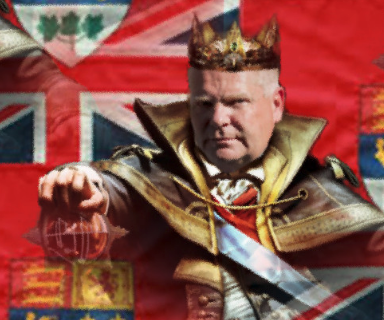
When Ontario Premier Doug Ford was running for office, he promised to deliver tax relief for Ontario families and businesses.
“We have a very simple theory,” said Ford during the 2018 provincial election campaign. “Put money back into the taxpayers’ pocket instead of the government’s pocket, because we believe that the taxpayers are a lot smarter at spending their money than any government.”
If that’s really how Ford feels, he has a strange way of showing it.
Taxpayers were promised that the second income tax bracket would be reduced by 20 per cent.
Three years later, an income tax cut is nowhere in sight.
Ford also pledged to deliver relief for drivers at the pumps.
While Ford did repeal the previous government’s cap-and-trade carbon tax scheme which lowered gas prices by 4.3 cents per litre, the Progressive Conservative government has yet to reduce the gas excise tax by 5.7 cents per litre, as promised.
For months, Ford has told taxpayers a gas tax cut is coming. But, according to the premier, Ontarians will have to wait up to another four months to get it.
With near-record-high prices at the pumps, Ontarians need relief now. It’s time for Ford to end his political posturing and finally deliver relief for hardworking families.
During the 2018 election campaign, Ford also promised to cut corporate taxes.
Reducing the corporate tax rate from 11.5 to 10.5 per cent would “enable businesses to create good paying jobs and attract businesses back to Ontario,” said Ford in 2018.
Ontario needs to attract businesses now more than ever. Nearly two years into the pandemic, Ontario has yet to fully recover its lost private sector jobs. Government jobs, on other hand, are up to the tune of tens of thousands.
If Ford truly believes in cutting business taxes to help spur economic growth and job creation, he should do it.
The income, gas, and corporate tax cuts were the three central pillars of the Progressive Conservative plan for tax relief in 2018. In terms of delivering on those priorities, Ford is zero for three.
A little more than six months from now, Ford will be asking Ontario voters to hand him the keys to Queen’s Park for another four years.
Ford has crisscrossed the province in recent months claiming “promises made, promises kept” as he makes billions of dollars in pre-election spending announcements.
But Ford seems to keep his promises only when it comes to spending tax dollars.
He has failed time and again to reduce the tax burden for hardworking Ontarians. While Ford keeps telling taxpayers that the government is the “worst place you can hand your money over” to, he’s spending taxpayer dollars at a record pace.
The government’s fall economic update showed that spending is going up in literally every sector of government.
Three years into his four-year term, Ford is proving himself to be a free-spending premier of historic proportions.
He’s saying yes to spending and no to tax cuts.
Since the 2018 election, Ontario’s provincial debt has exploded by over $30 billion. That includes more than $5 billion of new debt before the pandemic ever hit Ontario’s shores.
Ford promised to fight for taxpayers, but the province already spending more than $1 billion per month paying interest on the provincial debt. He’s actually taking money out of the wallets of future generations.
Ontarians elected Ford three years ago to cut their taxes. It’s time for Ford to do the job he was sent to Queen’s Park to do.
Jay Goldberg is the Ontario Director at the Canadian Taxpayers Federation
The views, opinions and positions expressed by columnists and contributors are the author’s alone. They do not inherently or expressly reflect the views, opinions and/or positions of our publication.
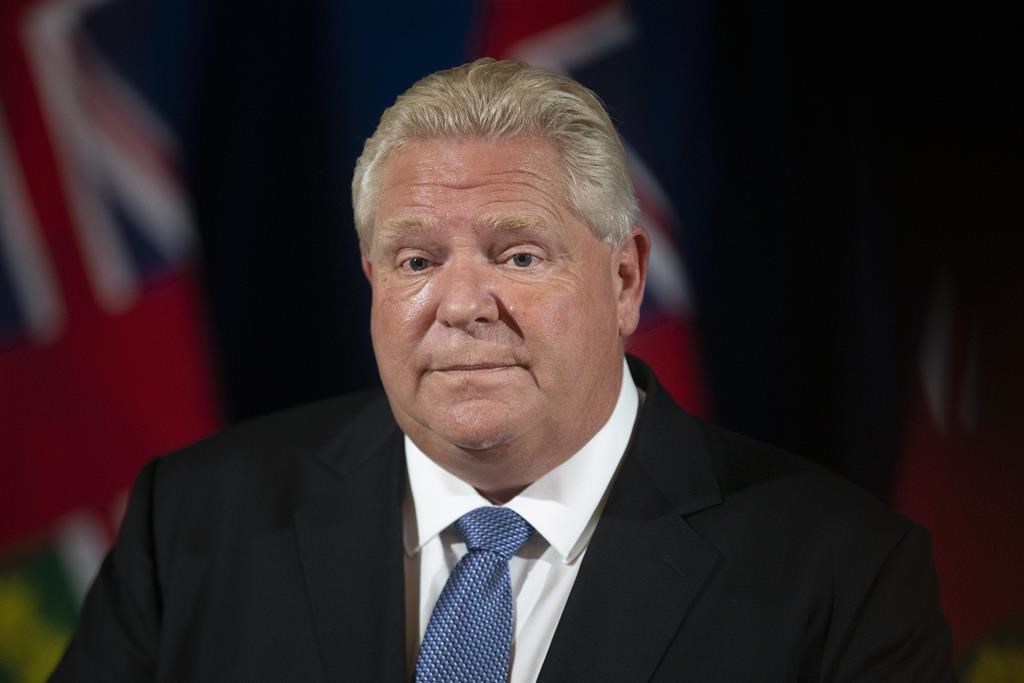
The clock is ticking on Ontario Premier Doug Ford. He promised Ontarians “the party is over with taxpayers’ money.” Now he needs to keep his promise to get spending under control before time runs out and the next election starts.
While some may try to argue that Ford has not had a chance to fix the province’s financial problems due to the pandemic, the Progressive Conservative government increased spending by $5 billion during its first year in office.
Ford outspent former premier Kathleen Wynne before COVID-19 ever hit our shores.
When Finance Minister Peter Bethlenfalvy presents the government’s fall economic update later this week, it will be the Ford government’s second to last chance before the next election to show Ontarians that the Progressive Conservatives can keep their promises.
How can Ford prove to Ontarians that he really can stand up for taxpayers?
There are at least four key moves the Premier and his government can make.
First, restrain spending.
The pandemic showed that our health-care system needs some improvements. But that doesn’t excuse the soaring government spending Ontarians have seen in nearly every other area of government.
Two years ago, the Ford government spent a total of $164.8 billion. This year, it plans to spend $186.1 billion.
Any increased spending, other than in health and long-term care, should be temporary and pandemic related. If the Ford government reduces spending to pre-pandemic levels in ministries other than health and long-term care, taxpayers could save $15.2 billion.
That would go a long way in eliminating the province’s $33.1 billion deficit.
Second, Ford needs to cut taxes to keep his election promises.
Ford promised to lower the second income tax bracket by 20 per cent. That could save an Ontario taxpayer up to $827 a year. For hardworking Ontarians trying to make ends meet amid rising costs of living, that money could go a long way.
That one tax-cutting promise would cover over a month’s worth of groceries for a family of four, even at today’s inflated food prices.
Ford also promised to cut Ontario’s gas excise tax from 14.7 cents per litre down to 9 cents per litre. For a family filling up their minivan once a week, that would save over $200 per year.
Third, the premier needs to end corporate welfare, once and for all.
Ford spoke against corporate welfare during the 2018 election campaign, but his government handed over nearly $300 million to the Ford Motor Company for factory renovations, even though Ford is a wealthy company on the Fortune 500 list.
Ford also handed out $55 million to the profitable Maple Leaf Foods.
Ontarians don’t want to see their hard-earned taxpayer dollars handed over to rich corporations.
Finally, we need end political welfare.
Ford told Ontarians that giving $12 million a year of taxpayer money to political parties with no strings attached was wrong.
“I do not believe the government should be taking money from hard-working taxpayers and giving it to political parties,” said Ford just three short years ago.
But rather than scrapping the program, Ford has put it on steroids. He’s made the program more costly and even arranged for Ontario’s four major political parties to take a $10-million payday loan courtesy of Ontario taxpayers just weeks before the next election.
Ford still has time to redeem himself.
By pursuing these four policy avenues, Ford can show that he still intends to fight for everyday Ontarians.
With only months left before the next election, it’s time for Ford to get cracking.
Jay Goldberg is the Interim Ontario Director at the Canadian Taxpayers Federation
The views, opinions and positions expressed by columnists and contributors are the author’s alone. They do not inherently or expressly reflect the views, opinions and/or positions of our publication.